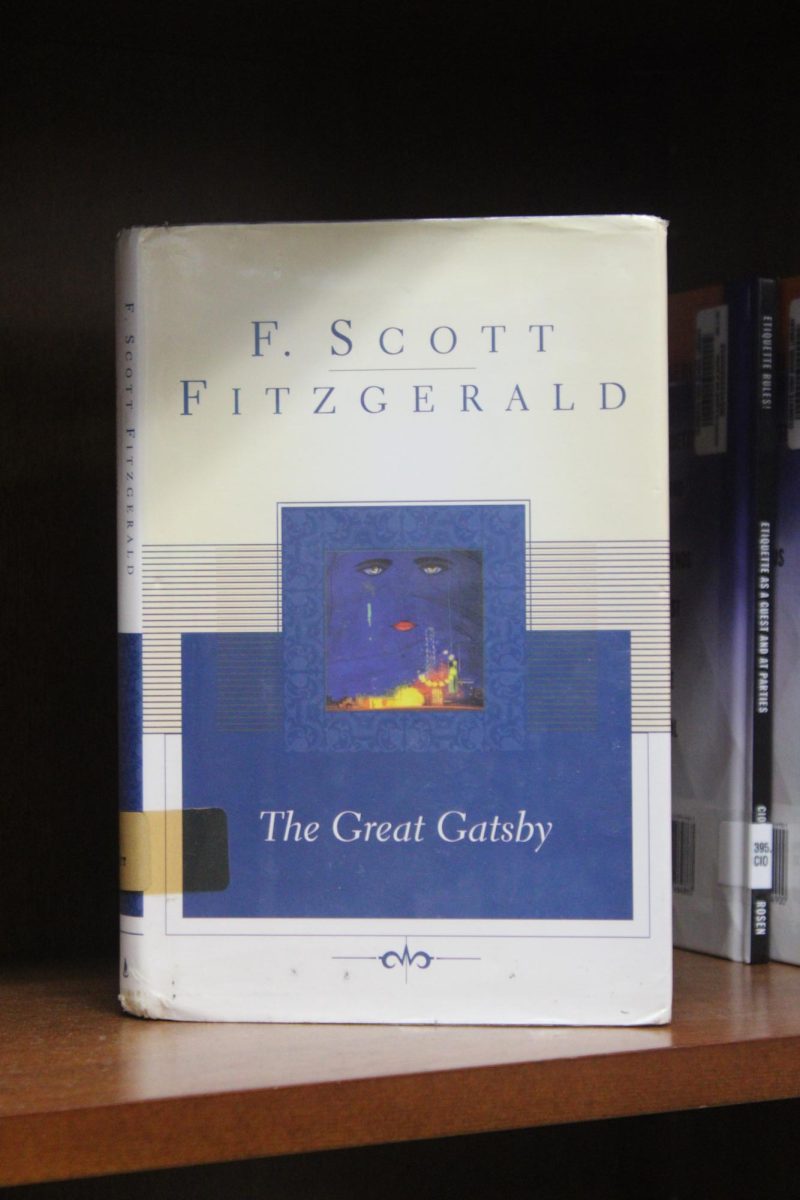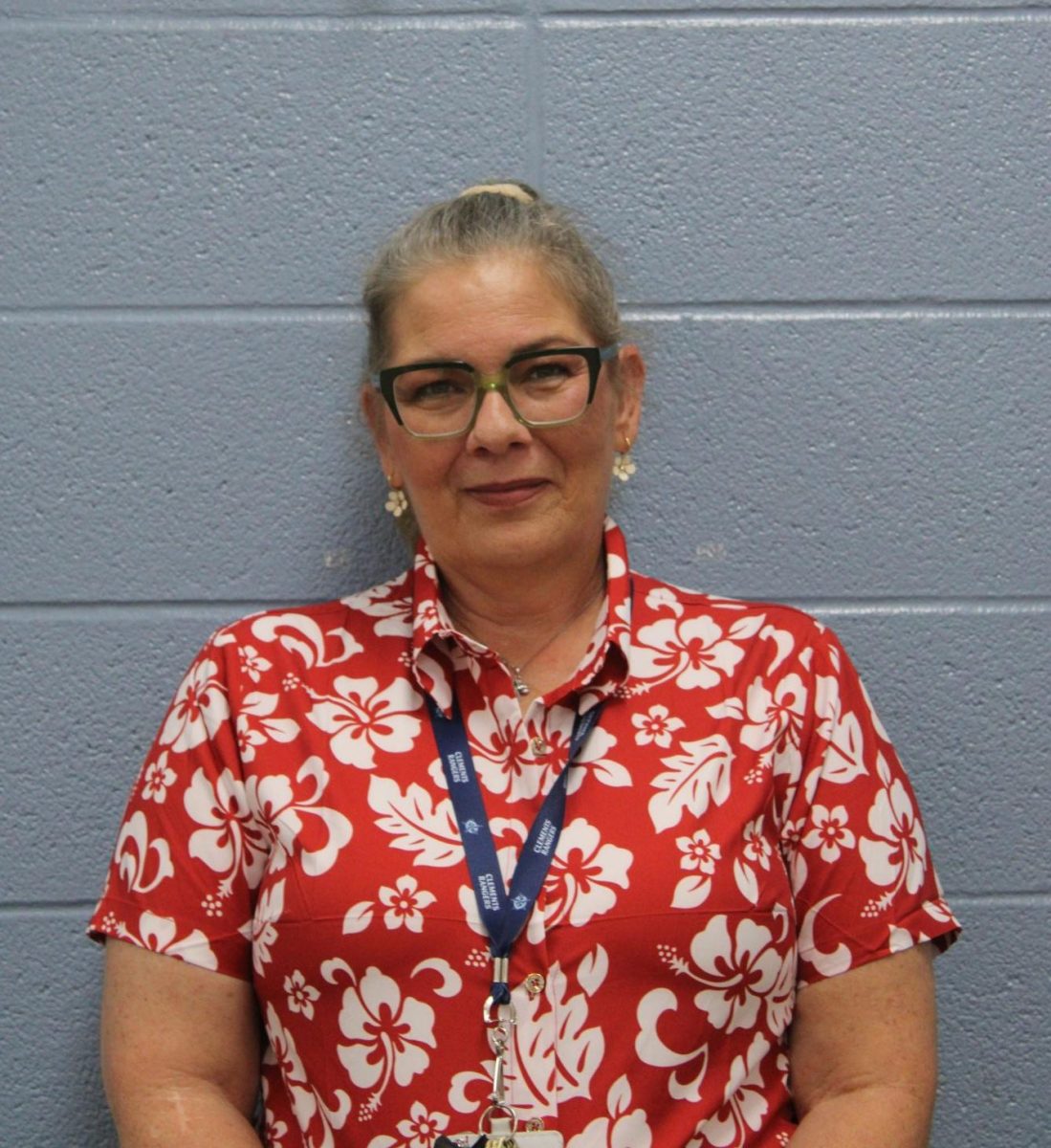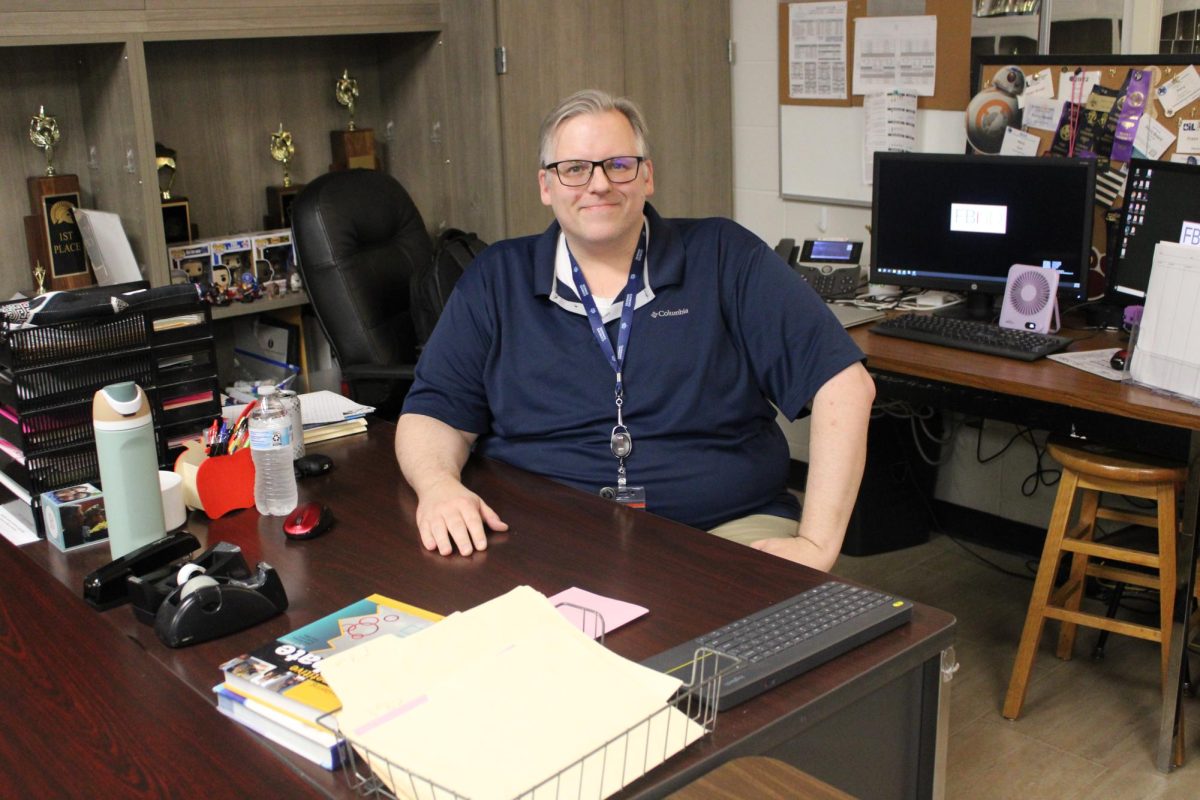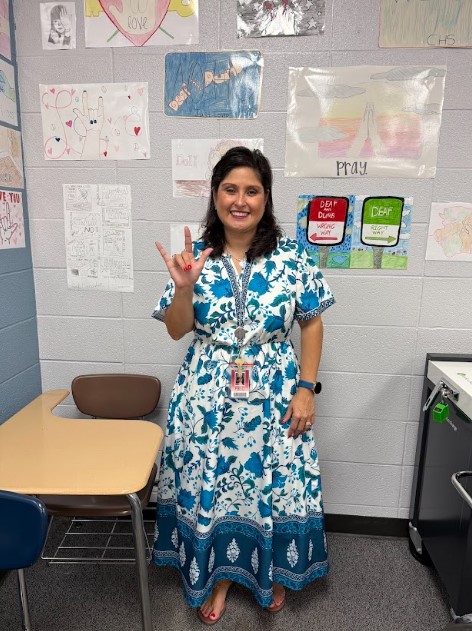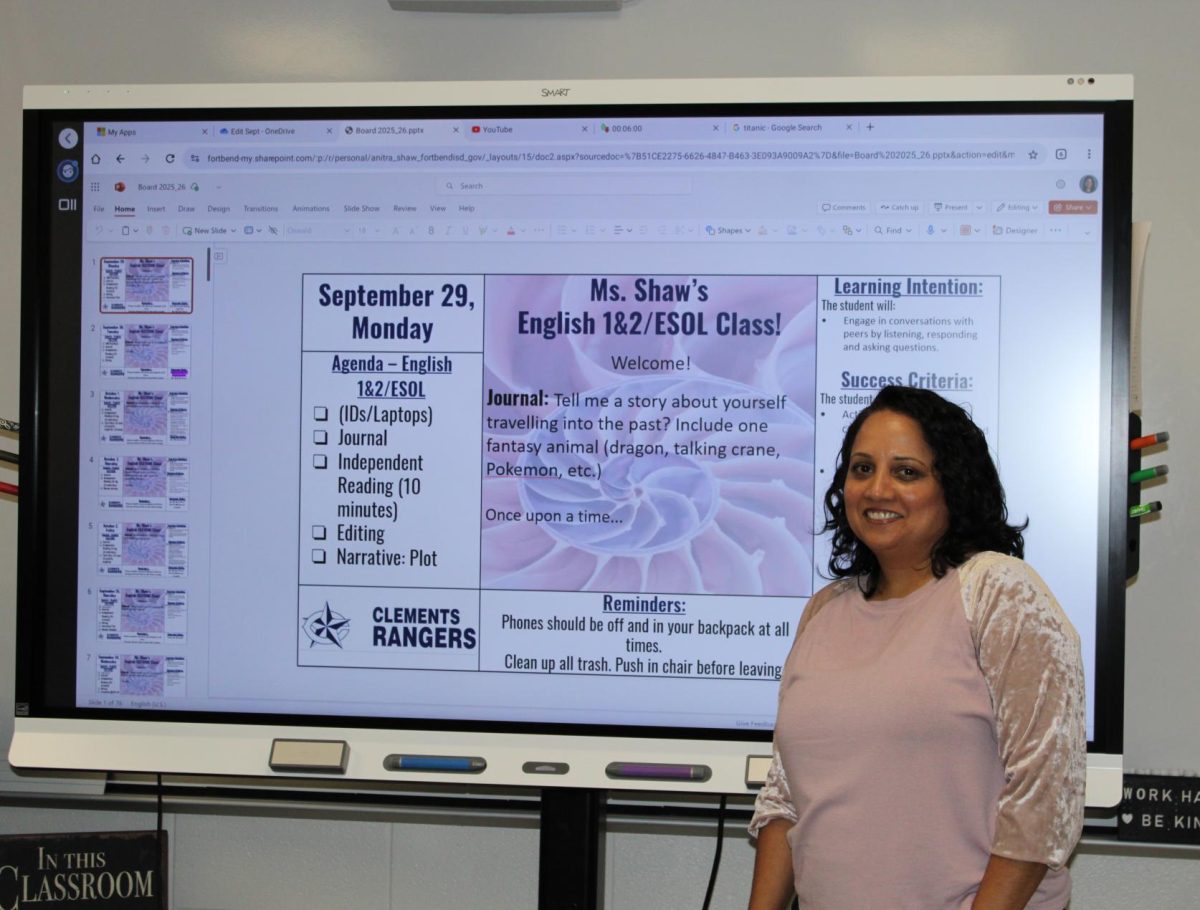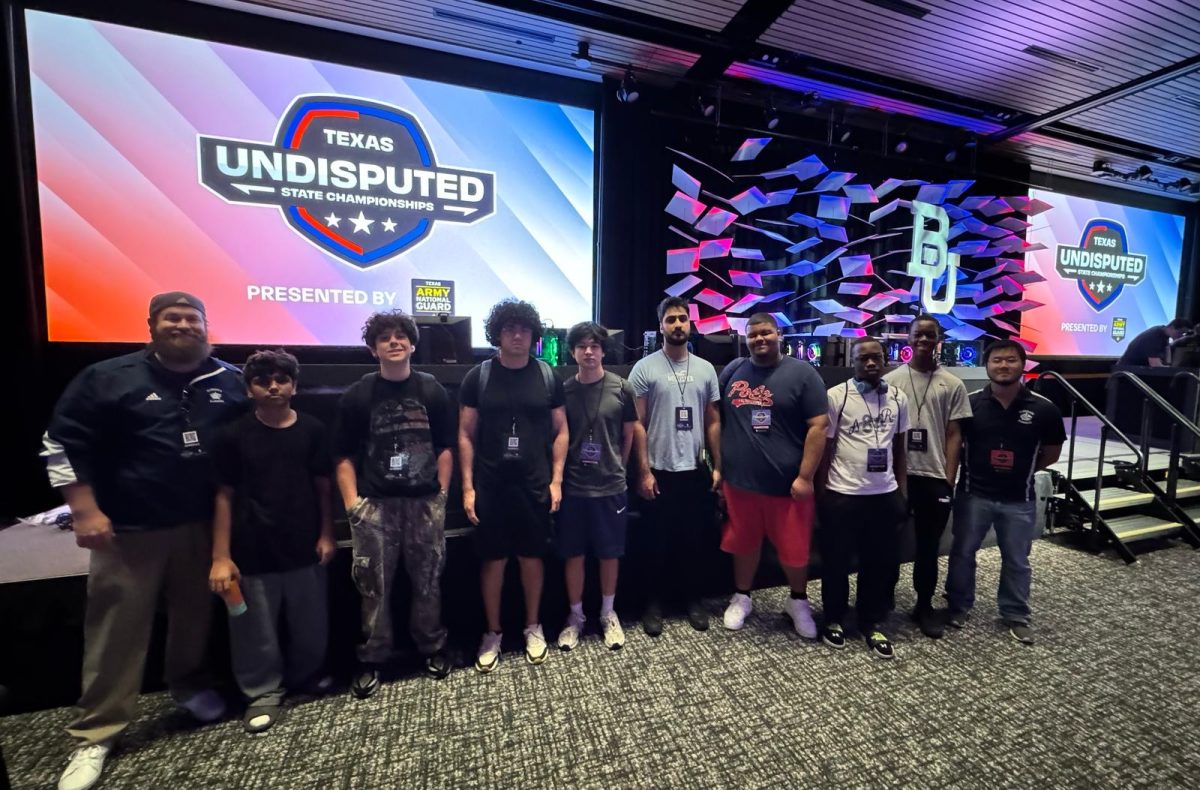It’s a unanimous feeling when you walk into class and get handed a novel; it’s either going to be boring, or it’s going to keep you up past midnight turning the pages. What many students don’t often consider is that their English teachers once sat in the same seats, flipping though the same pages. For them, the assigned books weren’t just homework, they were the stories that shaped their adolescent lives.
Some teachers remember dystopias most vividly, stories that explored identity, struggle and society. On-level English 2 teacher Linton Alexander still recalls reading The Handmaid’s Tale and how much he admired its themes. English 4 teacher Sean Woodward’s favorite was Fahrenheit 451, while English 1 teacher Hedaya Kelani connected deeply with The Giver, all dystopian classics. Other teachers resonated more with alternative types of fiction.
“I love Greek mythology, like, I’m a nerd.” AP Language teacher Shannon Frank said “So, I love The Odyssey because it’s just [so magical with] the Cyclops and the witches.”
Besides The Odyssey, Frank’s other favorites included The Joy Luck Club and The Great Gatsby. Looking at the list as a whole, it becomes clear that the dystopian novels and timeless classics that shaped much of their teenage reading are the same kinds of works that students will still encounter today. But the books themselves weren’t the only things that stuck with them.
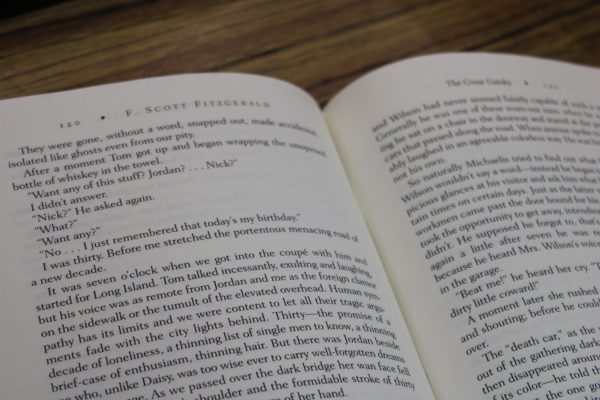
“In the ninth grade, I had to memorize the Friar’s Soliloquy from Romeo and Juliet and that thing is long,” Alexander said. “But I remember being so proud of myself that I remembered the whole thing. “
For some teachers, however, the meaningful experience was the lessons or projects that were attached to the books that turned the experience into lasting memories.
“It was nice doing something hands-on, while also applying what we learned,” Kelani said.
Kelani recalled building a diorama of a dystopian society. Those moments showed that reading literature wasn’t just about turning pages but also finding creative ways to connect with the text.
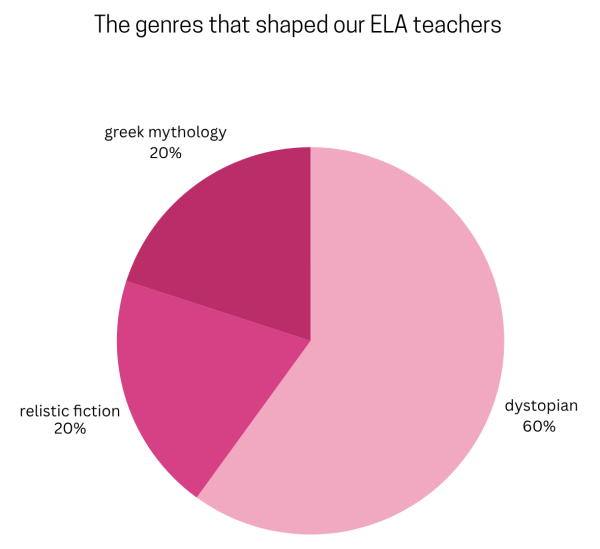
“I still, to this day, remember her lesson about the climax of [The Great Gatsby],” Frank said. “That teacher really brought it alive for me…it stuck in my mind for 20 years.”
For Frank and many others, the memories that stayed were less about an assignment and more about her teacher’s presence. Years later some of these same works still make appearances in classrooms, though the books chosen often depend on curriculum guidelines.
“But I will say especially [for] English 2 on level we definitely have a lot of texts this year that focus on social issues, definitely a lot of politics [and] history,” Alexander said.
Alexander noted that dystopian novels aren’t currently a part of the on level curriculum, but he would like to add more in the future. In contrast, Frank explained that Greek mythology continues to play a role in her teaching, connecting plays and myths to their historical context. Even without the exact same titles, the themes remain central to the stories the students read today.
“The books that we pick for the whole class, we want it to be something where it’s a foundational piece of literature versus this is a book that I really liked,” Frank said.
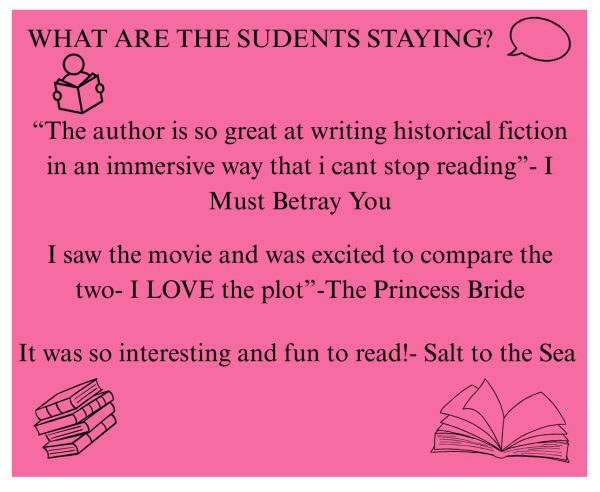
From historical fiction to dystopian societies to the tangled drama of The Great Gatsby, these books continue to spark discussions and challenge readers across generations. A novel handed out in class may matter more than you know; it may be the story that sticks with you for decades, just as it did for your teachers.

